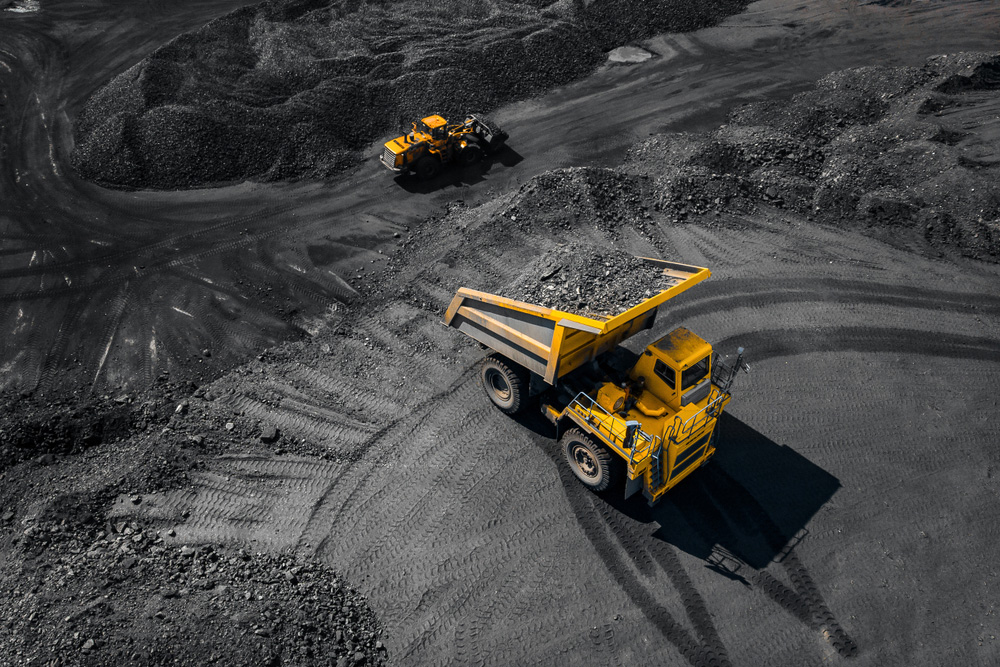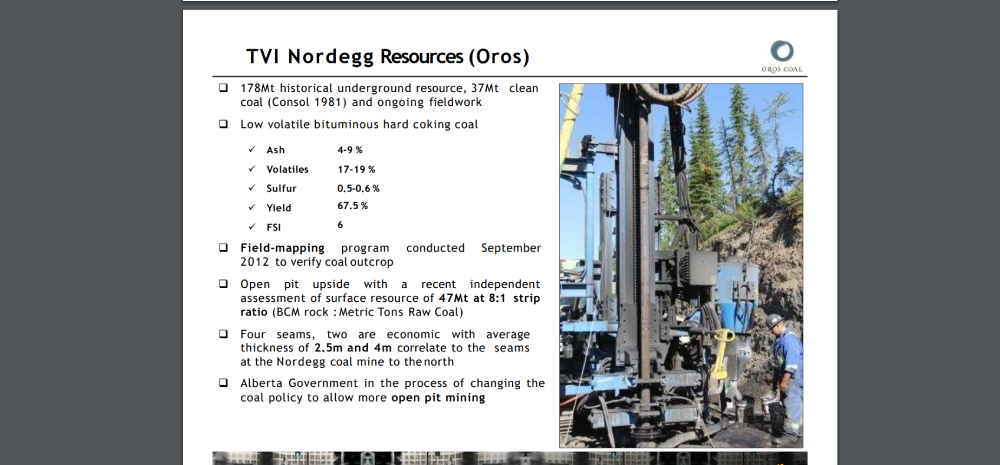How Alberta’s energy and environment ministers misled on open-pit mining plans.
Andrew Nikiforuk 25 Jan 2021 | TheTyee.ca
Tyee contributing editor Andrew Nikiforuk is an award-winning journalist whose books and articles focus on epidemics, the energy industry, nature and more.
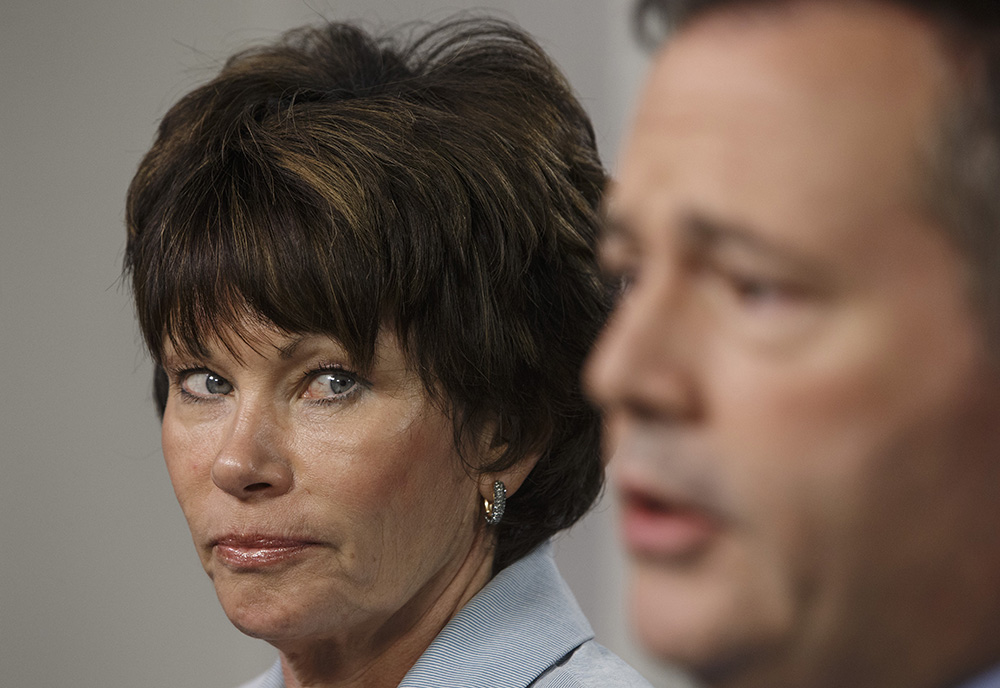
Last week Alberta’s government tried to hide political reality by issuing statements implying the “passion” of citizens had convinced it to back off its efforts to bring open-pit coal mining to a vast, ecologically-vital portion of the eastern slopes of the Rocky Mountains.
We’ve got a global crisis or two — or three — on our hands. Let’s take these solutions into 2021.
Apparently, Jason Kenney’s government hoped to administer an anesthetic so that Australian and Canadian mining companies could proceed with their carving away of mountaintops without public interference.
But the propaganda didn’t work. The pain is intense, and the howling only rises. Craig Snodgrass, the eloquent mayor of High River, noted on Facebook that “the announcement was another strategy by the government of Alberta and the coal industry only to try and whitewash over this scandal and calm the public.”
Last May the Kenney government rescinded the 44-year-old Coal Policy, which had it been in place would have prevented most of the proposed mines.* It killed the policy at the beginning of the pandemic on a late Friday afternoon with no public consultation.
Gone was the product of years of democratic consultation, a policy that recognized the eastern slopes create, guard, clean and secure mountain water as it brings life to the Canadian prairies, and so protected much of the eastern slopes of the Rocky Mountains from open-pit mining.
The Tyee has since August reported on the Coal Policy’s demise and the government’s courting of open-pit miners, but it took months for a groundswell of public opposition to form.
In recent weeks more than 100,000 Albertans from all political parties and all walks of life, including prominent singers from Corb Lund to Jann Arden, have demanded that the policy be reinstated.
In response to the outrage — what one academic called a “prairie fire” — the Kenney government hid from the public and turned on its propaganda machine.
Soothing words from the energy minister (who fights for coal in court)
Energy Minister Sonya Savage, who did not display the courage to face the press, began the B.S.-fest by releasing a brief statement at the very end of the day on Jan. 18 that referenced “the passion” of Albertans, and promised now to cancel 11 coal leases. It also said it would pause any future coal lease sales but provided no details.
The press release didn’t mention that the 11 leases — representing an insignificant 1,800 hectares — amounted to less than 0.2 per cent of the existing 420,000 hectares that the government had made available for open-pit mining in the eastern slopes.
So what Savage’s press release really told Albertans was this: “We’ll make a token gesture to appease your anger, but we are not going to change our policy and protect your water supplies. Our plans to mine the Rockies remain unchanged. We support Australian coal miners and will not consult with Albertans.”
At the same time that Savage released her misleading statement, a lawyer representing Savage’s ministry declared the government’s real intentions in court against an application by ranchers and First Nations seeking consultation and restoration of the Coal Policy.
“There’s no getting around the fact that the decision to rescind the Coal Policy may be seen as an unpopular one to some Albertans,” argued the lawyer, Melissa Burkett. “However, an unpopular decision is not an unlawful decision.”
Soothing words from the environment minister (who helps foreign coal miners)
Meanwhile Alberta Environment Minister Jason Nixon posted a three-page statement on Twitter saying he, too, had heard concerns from Albertans about coal mining in the eastern slopes.
The letter added that the killing of the Coal Policy had not changed the province’s environmental protections one iota, and that there would not be a mining “free for all” in the slopes.
Nixon began the letter by calling the eastern slopes “his backyard and your backyard.”
But David Luff, the former deputy environment minister who helped craft the Coal Policy, doesn’t think Nixon understands what the hell he is talking about.
“Indicating that his backyard is also the backyard of all Albertans implies that the minister is our neighbour. Good neighbours talk to one another and inform one another — particularly when one of the neighbours plans to remove the tops off all the mountains that are in our joint backyard.”
Nixon then tried to imply that no environmental standards were weakened by killing the Coal Policy: “Unfortunately there are a lot rumours and misinformation out there, including the notion that Alberta energy’s recission of the Coal Policy 1976 has opened up the Eastern Slopes for strip mining.”
Unfortunately, Nixon’s assertions don’t match the facts.
The Coal Policy, which placed restrictions on what could and could not be mined, protected Category 2 lands (1.5 million hectares) in the Rockies from open-pit mining. By abolishing that policy, the Kenney government has encouraged several Australian and Canadian firms with leases on Category 2 lands to explore and develop those lands.
That represents more than 800 square kilometres of the Rockies. At least a half a dozen firms, such as Montem, Atrum Coal, Benga Mining, Cabin Ridge and Valory Resources have proposed something unprecedented — more than half a dozen open-pit mines in watersheds where such activity was previously forbidden for nearly half a century.
Nixon’s disinformation is rebutted by the energy minister’s own statements. Sonya Savage has plainly characterized the Coal Policy as an obstacle to development.
Moreover, look who were alone in congratulating the Kenney government on killing the Coal Policy: Australian coal companies such as Atrum Coal, and the Coal Association of Canada, which happens to be directed by a former Alberta environment minister. Which in turn tells us something about how Alberta’s political powers define the loyalties of their environment ministers.
In his letter, Nixon tries to convince Albertans that the Coal Policy was old, outdated and ineffective. “Without question, the laws and policies that guide development today are stricter than those that existed in 1976.”
But that’s not true either. The Coal Policy required thorough environmental assessments just like today’s laws. It also required cost-benefit analyses — something new regulations don’t require. It discouraged bust and boom projects that left Alberta poorer. It also mandated royalties much higher than the one per cent now charged by the Kenney government.
When Kenney rescinded the Coal Policy, his government also gutted Directive 061, which contained 300 detailed pages on how companies must apply for and develop coal mines. The Kenney government replaced it with a 40-page manual fulfilling a promise to Australian coal miners to cut “red tape.”
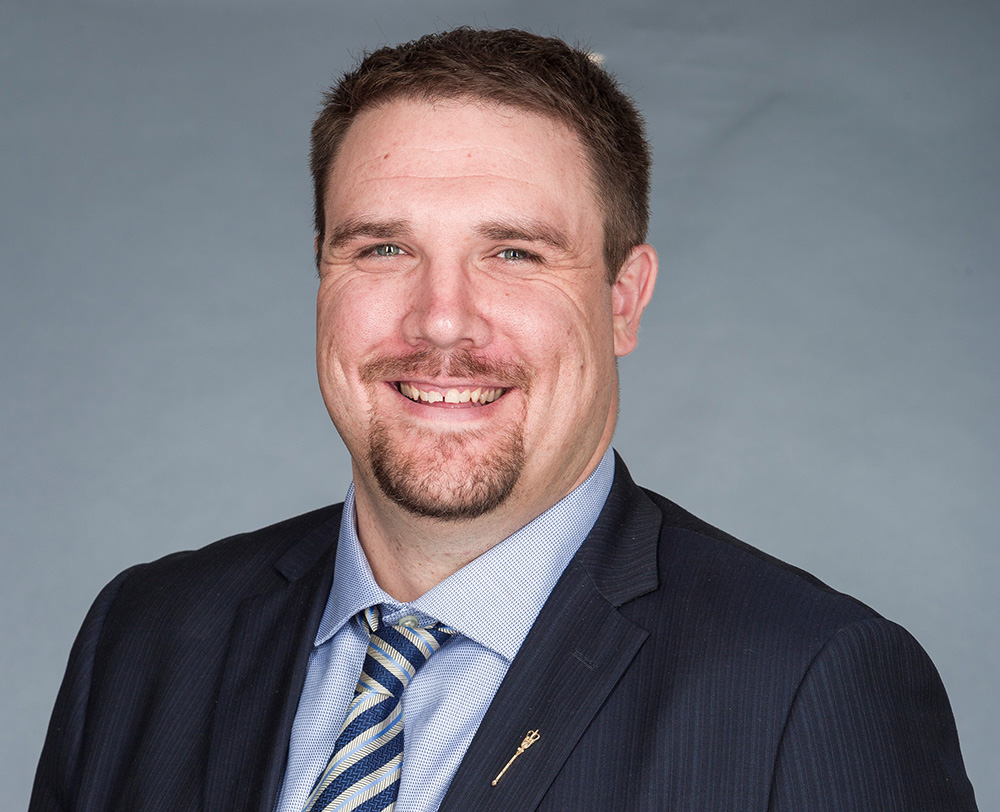
Whenever Australian companies have been asked why they’ve come to Alberta, they give three reasons: weak regulations, a one-per-cent royalty and a highly-supportive government such as Environment Minister Nixon. As The Tyee has reported, Nixon was eager to help foreign coal miners in their designs on Alberta even before the Coal Policy was erased.
He remains handy to their aims. Last summer, Atrum’s senior director Tony Mauro told a meeting of the Crowsnest Pass council that the company didn’t have a defined water source in southern Alberta where most watersheds are already over-allocated.
However, Nixon’s Environment Ministry was working on solving that, he explained, by “seeking to modify” a 20-year policy in order to free up more water from the Oldman River for “interested parties that may have an industrial purpose.”
Nixon now has the gall to imply in his letter that the Coal Policy was totally deficient because it didn’t address water quality standards or selenium.
But the Coal Policy wasn’t designed to do those things. By forbidding coal mining, it protected watersheds and kept the water clean and free of selenium pollution. The overall goal of the policy was to preserve water security, tourism and recreation in the eastern slopes. It was, after all, a Coal Policy, not a Water Management Policy.
Gavin Fitch, a lawyer representing landowners opposed to the Grassy Mountain Coal Project now under federal review, notes, “The management and protection of water quality under the Water Act and [the Environmental Protection and Enhancement Act] are separate from and independent of where open-pit coal mining is permitted.”
And Alberta is not doing a good job on that front. Data on selenium pollution from three coal mines in northern Alberta show selenium levels exceeding safe levels for fish by three to nine times.
But Nixon goes on. “Today we take a comprehensive approach to management of the environment so we understand the cumulative effects from all activities on the landscape.”
That’s not true either. It certainly never happened in the oilsands. Ten years ago, the province passed the Alberta Land Stewardship Act to provide for comprehensive regional planning. Only two of seven regional plans for the province were ever completed. How comprehensive is that?
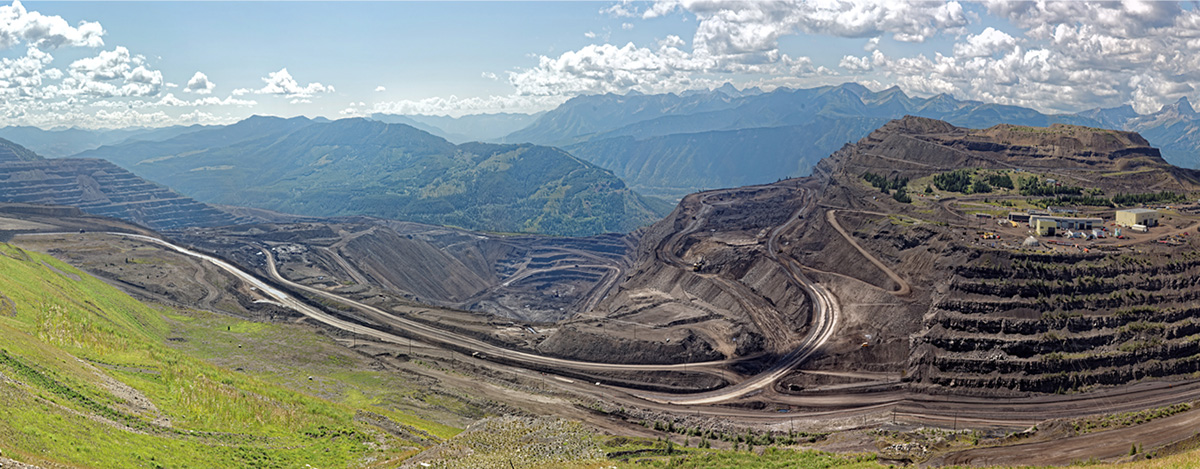
Albertans might want to ask why Nixon didn’t insist that the Kenney government do a cumulative impact assessment on proposed coal mines in the eastern slopes before it killed the Coal Policy.
They might also want to ask where Alberta’s studies on the cumulative impacts of open-pit coal mines on water supply, quality and quantity are.
If the province was actually concerned about cumulative effects, why did the Joint Review Panel on the Grassy Mountain Coal Project in the Crowsnest Pass, headed by two Alberta Energy Regulator staffers, refuse to ask Benga Mining to account for the environmental effects of multiple mine proposals in the Oldman River watershed?
Nixon does not explain in his letter why publicly-paid experts on water, selenium and endangered species were not allowed to participate in that public hearing.
Near the end of the letter Nixon tries to assure Albertans that he “has placed restrictions on the most environmentally sensitive lands in former Coal Category 1 lands.” But these lands largely contain Banff and Jasper national parks as well as many provincial parks and have always been off limits to mining.
Even here, Nixon has not told the full truth. As David Luff notes, “The Coal Policy applied to both Crown coal rights and freehold coal rights. Nixon’s ministerial directive, issued on Sept. 9, 2020, protecting the former Category 1 lands, specifically states that private lands and freehold minerals are exempt from the directive restrictions. This means that the Government of Alberta, by policy, supports mountaintop removal mining of freehold coal rights in the former Category 1 lands, near national and provincial parks.
Nixon lastly assures Albertans they have nothing to worry about, because the Alberta Energy Regulator will review all coal projects. He implies that the regulator, which has been plagued by one scandal after another, is independent of government. (This is the same agency that allowed the oil industry to not reclaim its abandoned oil wells creating a multi-billion liability for taxpayers.)
But the regulator is not independent of industry, and that’s what matters. It has no mandate to protect the public interest and is funded entirely by industry. It recently hired Jason Kenney’s former campaign manager, an individual who describes himself as a “political activist.” How’s that for impartiality?
Environmental and regulatory lawyer Fitch adds this point:
“What Nixon does not say is that the [regulator]’s jurisdiction over coal projects is found in the Coal Conservation Act. One of the core purposes of the CCA is to ‘ensure the orderly, efficient and economic development of Alberta’s coal resources in the public interest.’”
In other words, the premise of the CCA is that development of coal is in the public interest. “So when the [regulator] holds a hearing (as it did, jointly with the federal government, for the Grassy Mountain project) for the purpose of determining whether a project is in the public interest, the starting point is that coal development, per se (i.e., before consideration of environmental issues), is in the public interest.”
In conclusion Nixon assures Albertans that he has a personal interest in ensuring that the eastern slopes are protected, “and I am directing my department to do everything in its power to do that.”
Nixon is certainly directing his department to do everything it can — for coal companies.
Katie Morrison, conservation director of the southern Alberta chapter of the Canadian Parks and Wilderness Society, notes that two Australian companies have asked for exemptions to rules that prevented them from operating during sensitive times for elk, sheep and grizzly bears. Nixon’s ministry granted those exemptions in two days.
In October 2019, Nixon sent a letter of support to Valory Resources, an Australian mining company. It had not yet been listed on the Australian stock exchange.
The minister said in the letter that he was pleased to hear that Valory Resources Inc. will be investing in Alberta and boasted of “efforts to streamline policy and processes to bring greater certainty and stability to our investment climate and make Alberta open for business.”
David Luff says that Nixon’s Twitter response to public outrage shows the government has no plan other than ignoring the best interests of Albertans:
“I am at a loss as to express how angry and upset Nixon’s letter makes me — the condescending tone, the egregious misrepresentation of the truth. Frankly, it’s quite disturbing,” said Luff. “If Premier Kenney wants to try and win back the trust of Albertans regarding the rescinding of the Coal Policy fiasco, he should remove Nixon from cabinet.”
